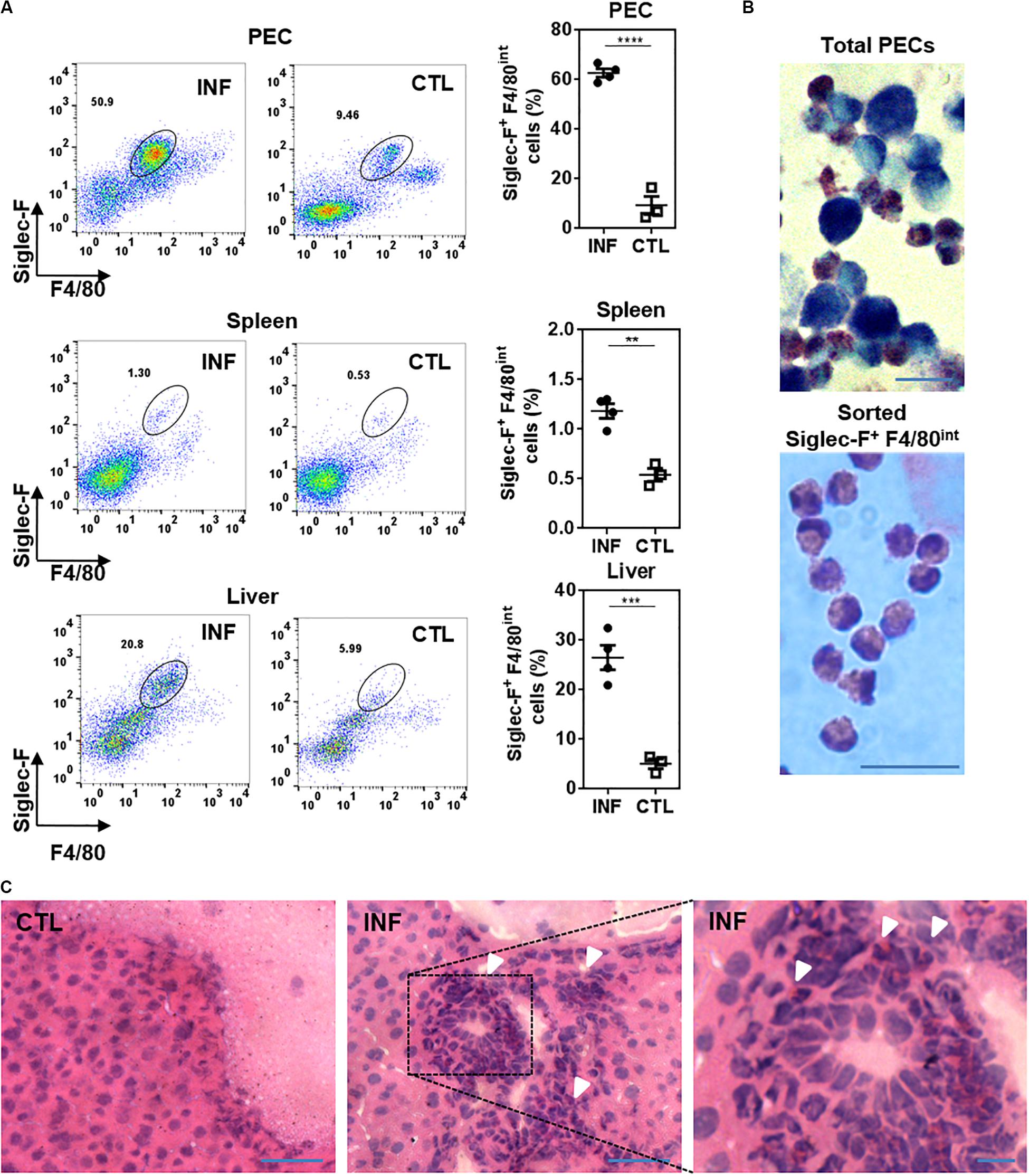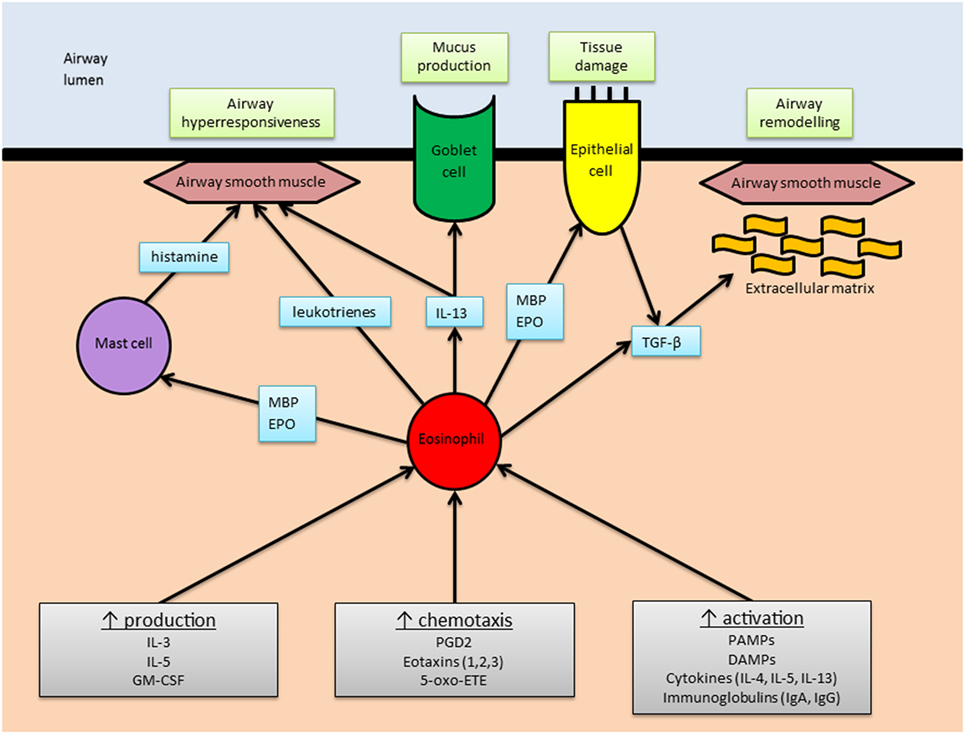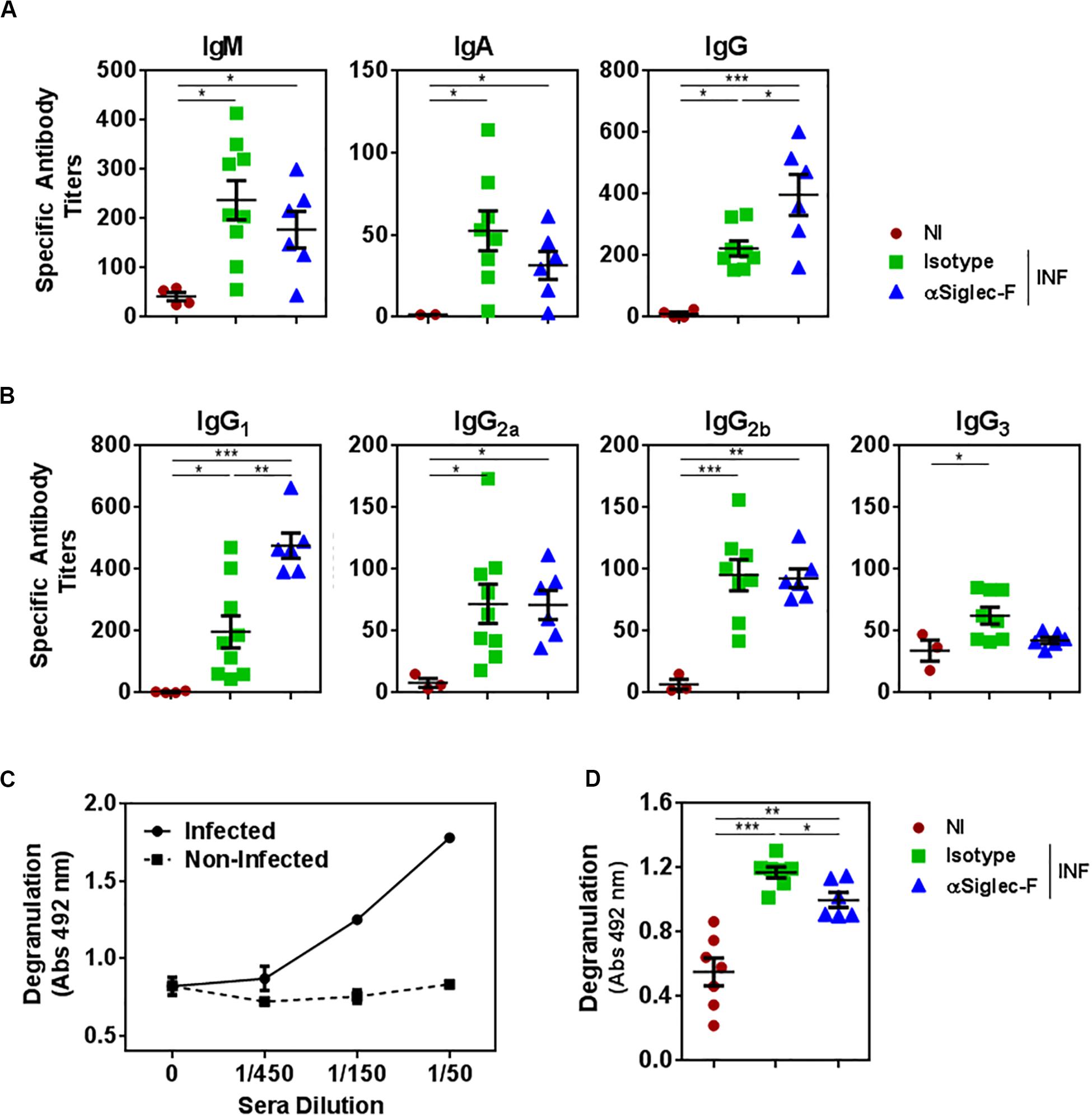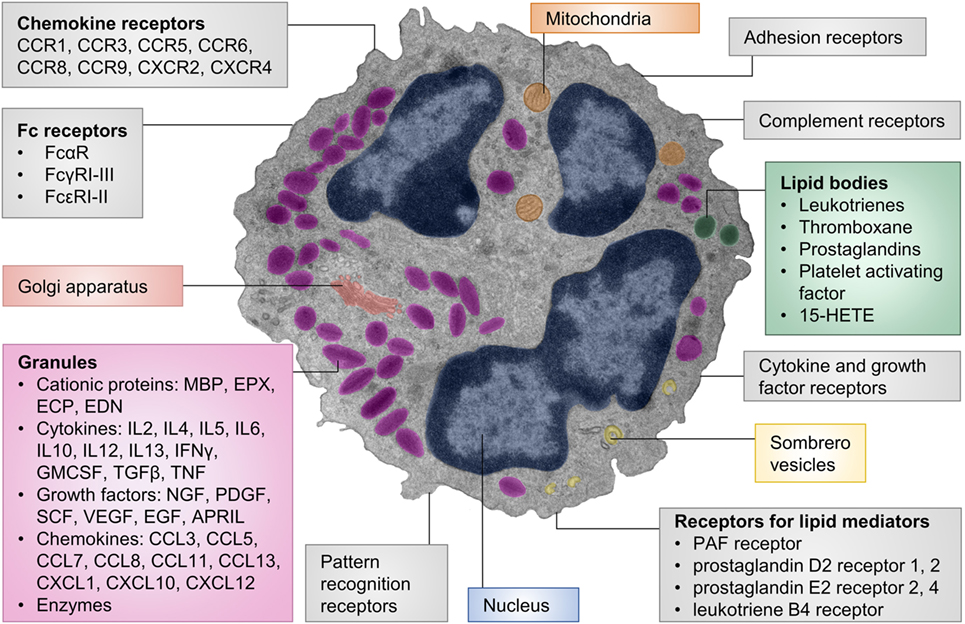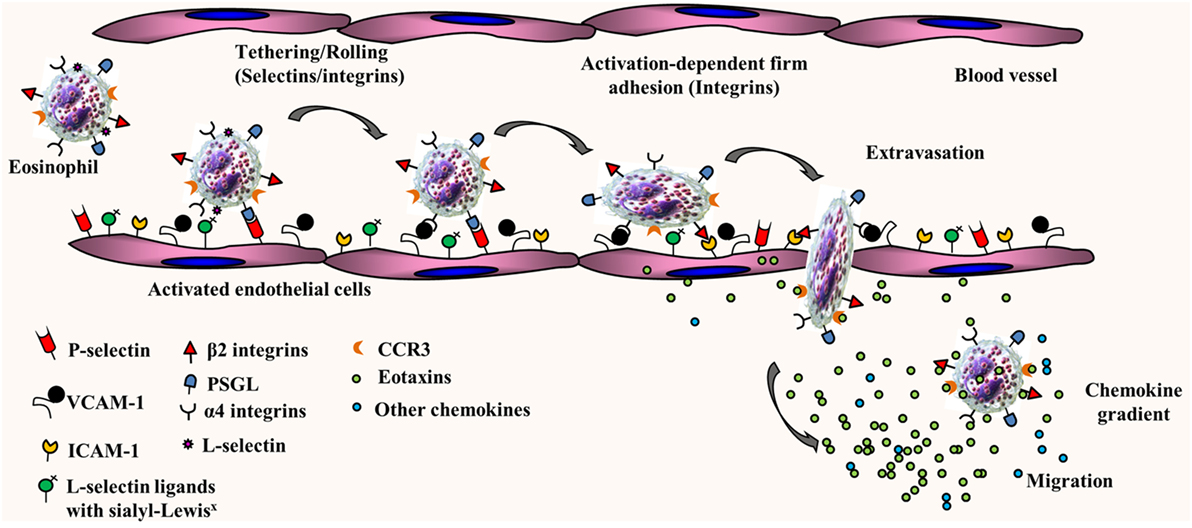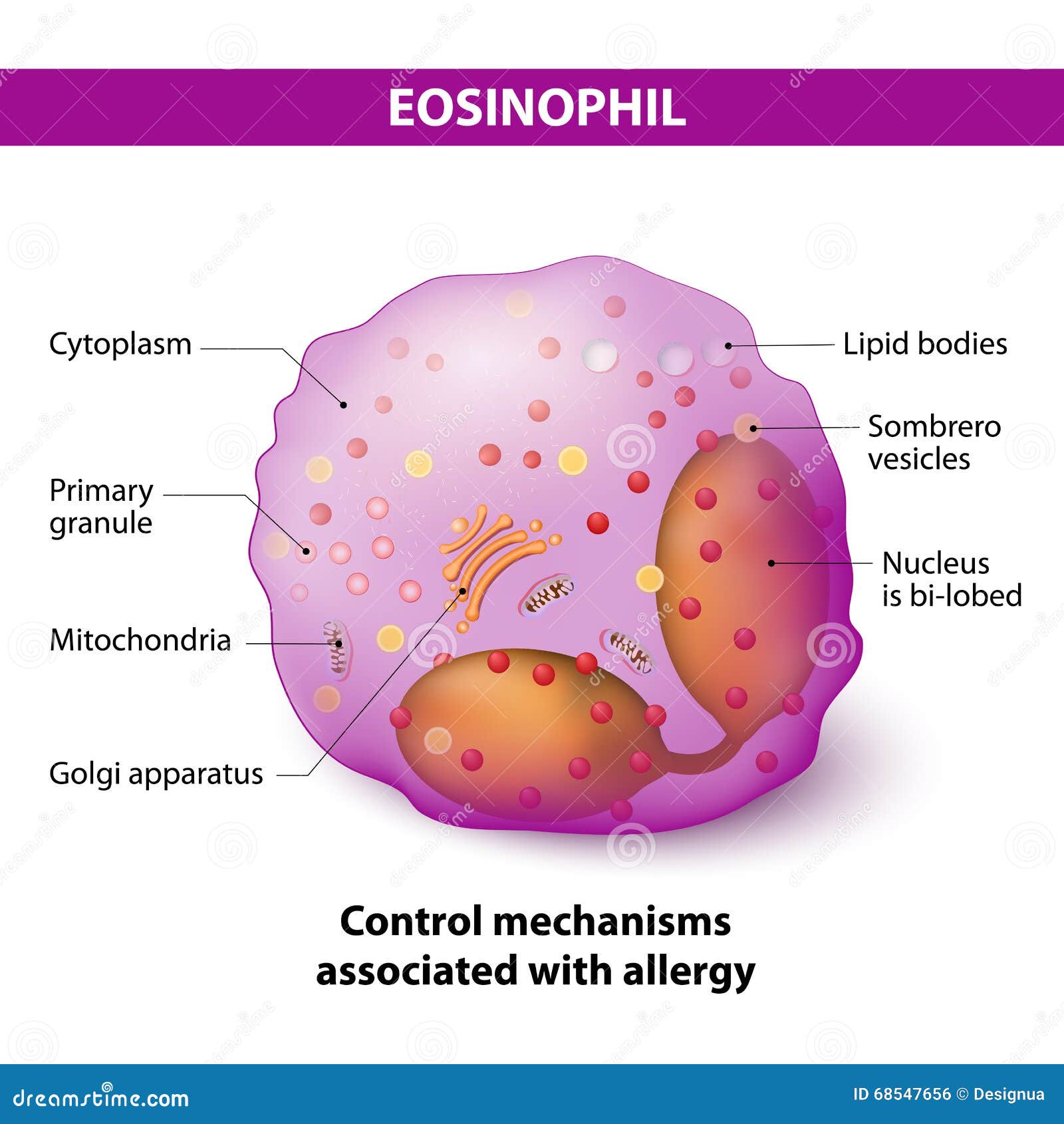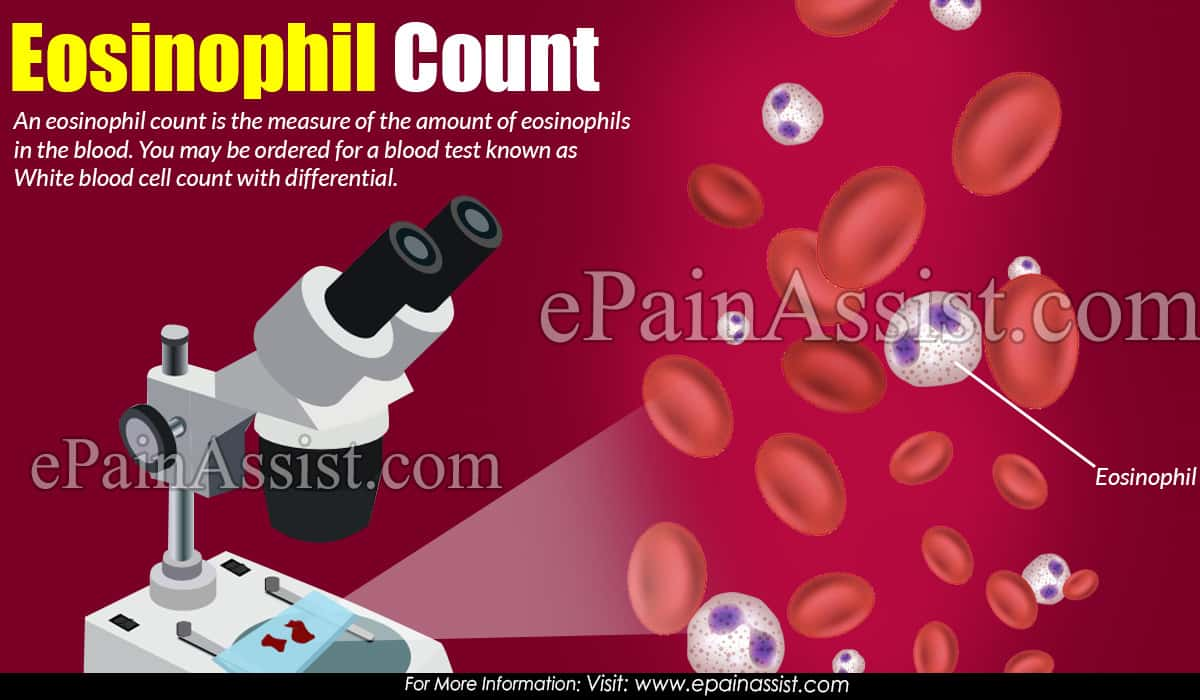Unique Info About How To Control Eosinophils
Eosinophilia is an unusually high number of eosinophils in your blood (≥ [greater than or equal to] 500 eosinophils per microliter).
How to control eosinophils. Causes and associated disorders are myriad but often. As such, therapies aimed at eosinophils may help control diverse diseases, including atopic disorders such as asthma and allergy, and diseases not primarily associated with. Severe cases are characterized by high levels of eosinophils in both blood and sputum, more commonly found in males, airflow limitation, elevated feno, and.
Eosinophilia is associated with a wide variety of allergic, rheumatologic, infectious, neoplastic, and rare idiopathic disorders. Eosinophils are a type of white blood cell that help ward off bacteria, viruses, parasites, and other possible causes of infection. Eosinophils do two important things in your immune system:
Treatment of eosinophilic diseases has traditionally been through nonspecific eosinophil attenuation by use of glucocorticoids. Thus the first task in treatment is to find out whether the condition is primary or secondary. Strategies for inhibition of eosinophili inflammation.
Eosinophilia is defined as a peripheral blood eosinophil count > 500/mcl (> 0.5 × 10 9 /l). Eosinophils are a type of white blood cell. However, several novel biologic therapies targeting.
Start your free trial. Eat a healthy diet free of acidic foods: Eosinophils are a type of white blood cell (leukocytes).
What causes eosinophils to be low? To avoid these conditions, one must eat a balanced,. © the copyright for this work resides.
Curb infections and boost inflammation, which can help you fight off a disease. There are three types of white blood cells, all with various functions to help your immune system, including granulocytes,. What happens if the eosinophil count is high?
Eosinophilia is a disorder that may arise from a number of etiologies. Both acid reflux and heartburn can raise your body’s eosinophil count. Eosinophilic asthma is now recognized as an important subphenotype of asthma based on the pattern of inflammatory cellular infiltrate in the.
Treatment for hypereosinophilic syndrome is aimed at reducing your eosinophil count to prevent tissue damage, especially to your heart.


